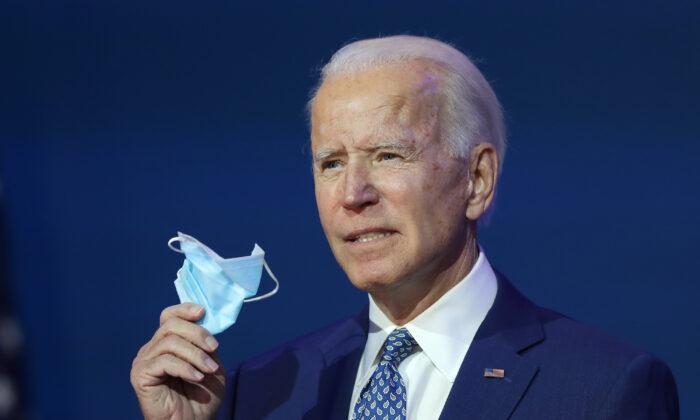From Sept. 1 through to Sept. 9, there was a decrease from 41,773 new cases to 36,603 cases, and overall, on average, the number of new cases decreased by 12.4 percent. This came as the number of new cases was plateauing in the weeks before.
The states Washington, Indiana, Nevada, California, New Mexico, Texas, South Dakota, Nebraska, Iowa, Mississippi, Alabama, Kentucky, Tennessee, North Carolina, Georgia, Florida, Hawaii, Puerto Rico, District of Columbia, Connecticut, and Massachusetts have all seen a drop in their new cases. The drops ranged anywhere from 10.5 percent in Kentucky to 42.3 percent in Alabama.
Furthermore, some of the states that saw a drop in new cases were also states with some of the biggest increases in the weeks prior, Axios noted.
However, there have been increases of cases in several states as well, and according to the data, Alaska, Arizona, Utah, Wisconsin, Illinois, Pennsylvania, Maryland, Delaware, and New Hampshire have all seen increases in cases anywhere from 12.1 percent in Utah to 34.9 percent in Delaware.
This comes after the labor day weekend, as some authorities warned the public about activities that might trigger an increase in the number of CCP (Chinese Communist Party) Virus cases.
At a White House briefing, he said, “We need everybody to be careful, to apply common sense, and do all of the things that we’ve told you to do as quickly—as much as you can—social distancing, wearing a mask whenever the distancing is not possible.”
Axios also indicated that there was also a three percent drop in the number of tests administered, averaging at around 710,000 tests in the time period between Sept.1 and Sept. 8. This means that compared to the number of new cases, the decrease in the number of tests administered is smaller.
“Our team has been working with governors over the past week. We’re carefully analyzing those new cases, and we really believe that the vast majority of new cases is a reflection, as you said, of a dramatic increase in testing,” Pence said.





